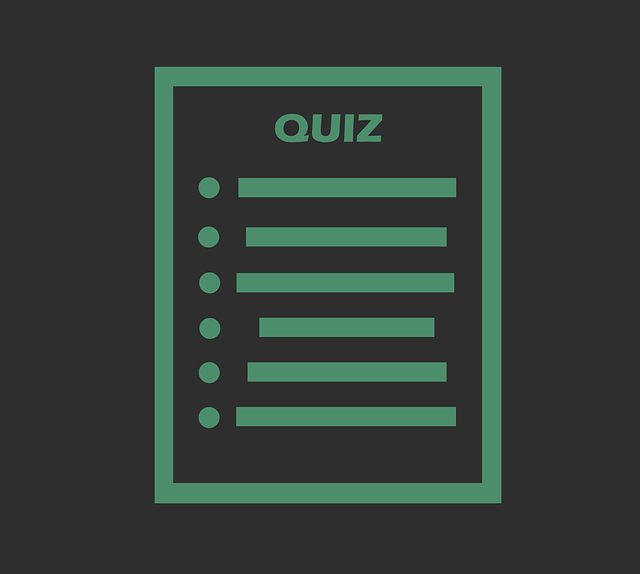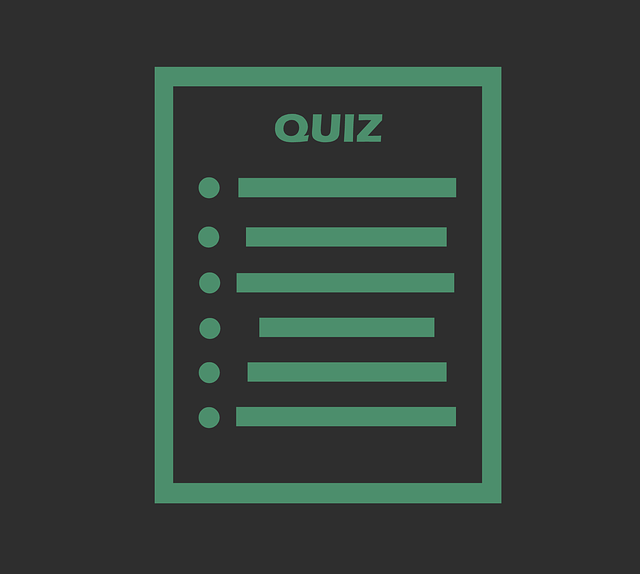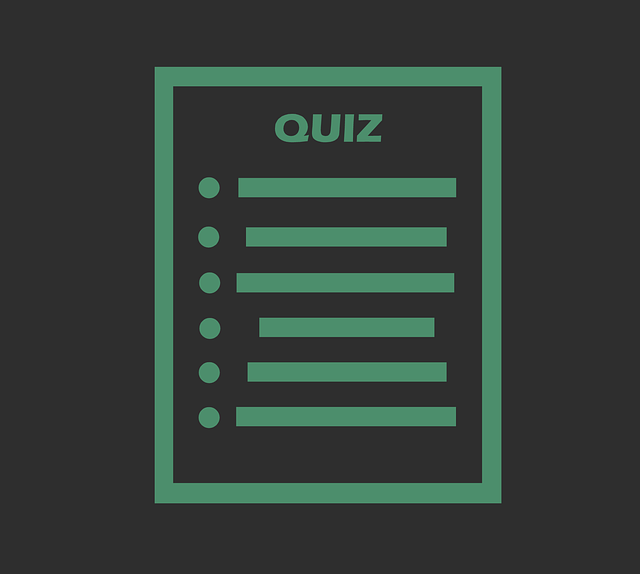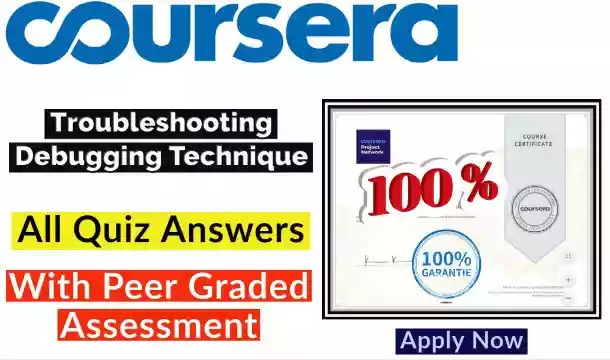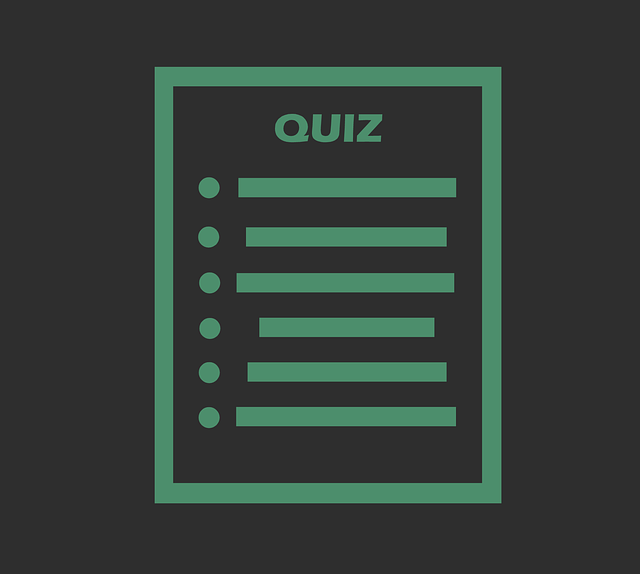In this blog you will find the correct answer of the Coursera quiz COVID-19 Contact Tracing Coursera Answers mixsaver always try to bring the best blogs and best coupon codes
PRACTICE QUIZ
SARS-CoV-2 virus (Unlimited Attempts Permitted)
1. The name of the virus that causes COVID-19 is _____.
- SARS-CoV
- Measles
- MERS-CoV
- SARS-CoV-2
2. Where did the SARS-CoV-2 virus come from?
- It was accidentally released from a laboratory
- It is a bat virus that was able to infect people
- A chimpanzee who was infected with the virus bit a human
PRACTICE QUIZ
Natural history of SARS-CoV-2 (Unlimited Attempts Permitted)
1. Which of the following are common signs and/or symptoms of COVID-19? Select all that apply.
- Numbness and tingling around the mouth
- Sudden weight loss
- Sore Throat
- Ringing in the ears
- Muscle pain
- Fever
- Cough
2. Sometimes, people infected with SARS-CoV-2 do not show any signs or symptoms of infection. This is called a(n) ____________ infection.
- Asymptomatic
- Fatal
- Serious
- Symptomatic
3. Which of these COVID-19 symptoms require immediate and urgent care?
Select all that apply
- Muscle pain
- Headache
- Fever
- Sore Throat
- Bluish lips or face
- New confusion or inability to arouse
- Persistent pain or pressure in the chest
- Trouble breathing
4. Take a few moments to reflect and type a response.
Describe the incubation period for COVID-19 — both what the term means and how long the incubation period for COVID-19 lasts.
Note: Responses to this question are not graded.
What do you think?
Your answer cannot be more than 10000 characters.
|
14 days |
5. The definition of infectious period is:
- The time between infection with COVID-19 to the onset of symptoms.
- The time during which someone is sick with COVID-19
- The time during which a person infected with coronavirus can infect others
PRACTICE QUIZ
Risk factors for severe disease (Unlimited Attempts Permitted)
1. Who is at increased risk for severe disease?
Select all that apply
- People who are obese
- Children
- People over 65
- Young women aged 14-19
- People with high blood pressure (hypertension)
- People with diabetes
PRACTICE QUIZ
Diagnosing COVID-19 (Unlimited Attempts Permitted)
1. The most common test used to diagnose an active case of COVID-19 is:
- A PCR test to look for viral RNA in blood
- A PCR test to look for viral RNA in a nasal swab
- A test to identify antibodies in blood
PRACTICE QUIZ
Transmission of SARS-CoV-2 (Unlimited Attempts Permitted)
1. If you had COVID-19, you would be most likely to infect:
- Family member who lives with you
- Co-worker who sits in the office next door
- Someone you passed on the street
2. How is SARS-CoV-2 transmitted between people? Select all that apply
- Mosquitoes
- Droplets from an infected person landing on a surface, which another person touches and then puts into their mouth, nose or eyes
- Droplets from an infected person entering another person’s mouth, nose, or eyes
PRACTICE QUIZ
Why Stopping Transmission is So Important (Unlimited Attempts Permitted)
1. On average, how many people will one infectious COVID-19 case infect if there are no interventions to stop the spread?
- 2-3
- 1
- 4-6
2. Typically, someone with COVID-19 is able to infect others:
- In the 2 days before they develop symptoms and during their illness
- Usually only when they have severe illness
- Only when they are coughing and sneezingt
QUIZ
Provide Your Feedback on this Module (Required)
1. Please rate the difficulty of this module. Any response will be marked as correct.
- Very difficult
- Difficult
- Easy
- Very easy
2. Please rate the clarity of this module. Any response will be marked as correct.
- Very unclear
- Unclear
- Clear
- Very clear
3. How much time did you spend on this module? Any response will be marked as correct.
- Less than 30 minutes
- 30-60 minutes
- 61-90 minutes
- More than 90 minutes
[Note] All the practice Quiz are optional, if you want you can skip these and jump to final assessment
Final Assessment
1. From where did the SARS-CoV-2 virus emerge?
- A gorilla with the virus bit a human
- It is a bat virus that was able to infect humans
- It was accidentally released from a laboratory
2. Who is at increased risk for severe disease? Select all that apply
- Young women aged 14-19
- Children under the age of 12
- People aged 65 and over
- People with high blood pressure (hypertension)
- People who are obese
- People with diabetes
3. COVID-19 is caused by the _____ virus.
- MERS-CoV
- Influenza
- SARS-CoV-2
- SARS-CoV
4. Sometimes, people infected with SARS-CoV-2 never show signs or symptoms. This is called a(n) ____________ infection.
- Pre-symptomatic
- Severe
- Asymptomatic
- Symptomatic
5. Which of the following are common signs and symptoms of COVID-19? Select all that apply
- Sore throat
- Fever
- Sudden weight loss
- Muscle pain (myalgia)
- Cough
- Full body rash
- Night sweats
6. Which of these COVID-19 symptoms require immediate and urgent care? Select all that apply
- Trouble breathing
- New confusion or inability to arouse
- Muscle pain
- Fever
- Blue lips or face
- Persistent pain or pressure in the chest
- Headache
- Sore throat
7. The definition of infectious period is:
- The time during which someone is sick with COVID-19 but does not know it yet
- The time during which a person sick with COVID-19 can infect others
- The time between infection with COVID-19 to the onset of symptoms
8. Typically, someone with COVID-19 is contagious to others:
- Usually only when they have severe illness
- Only while they are showing signs and symptoms
- In the 2 days before they develop symptoms and throughout their illness
9. The most common test used to diagnose an active case of COVID-19 is:
- A PCR test to look for viral RNA in blood
- A test to identify antibodies in blood
- A PCR test to look for viral RNA in a nasal swab
10. If you had COVID-19, you would be most likely to infect:
- Your spouse
- Someone you passed on the street
- Co-worker who sits in the office next door
11. How SARS-CoV-2 is transmitted between people? Select all that apply
- Droplets from an infected person entering another person’s mouth, nose, or eyes
- Droplets from an infected person landing on a floor, which another person then steps onto
- Ticks and spiders
12. The incubation period of COVID-19 is:
- Usually 2-3 days, with many lasting up to 7 days
- Usually five days, but can be as short as two days and as long as 14 days
- Unpredictable and unknowable
- Usually 14 days
13. Which of the following statements is true about contact tracing for COVID-19?
- Identifying contacts before they become infectious is very difficult to do in such a short time. So contact tracing will not help stop COVID-19 transmission.
- Preventing just one case of COVID-19 can have an impact on reducing the total number of cases over time.
14. Mr. Achebe was told that he tested positive for COVID-19. Which of the following persons would be considered a “contact” of his? Select all that apply
- Mr. Achebe’s neighbor who watched television with him four days before Mr. Achebe began to feel bad
- Mr. Achebe’s cousin who has been leaving premade lunches for him on the front step while he has been ill.
- Mr. Achebe’s neighbor who visited the house to talk with him for an hour the day before Mr. Achebe began to feel bad
- Mr. Achebe’s daughter and sons who live with him
15. Ms. Kim has COVID-19 and her daughter, Olivia, took care of her when she first became ill. When you talk to Olivia, you ask her to __________ as she has been exposed to Ms. Kim and could become infectious. You ask Ms. Kim to ___________ so as not to infect others.
- Isolate, quarantine
- Wear a mask, quarantine
- Isolate, isolate
- Stop caring for her mother, isolate
- Quarantine, isolate
16. Jordan has coronavirus and tells you their cough began on May 10. What date would be the earliest possible day that they could end their isolation?
- May 17
- May 24
- May 20
17. You are talking to Mr. Reyes, who tested positive for COVID-19 and tells you his symptoms began on July 1. During a regular follow up call on July 11, he reports that he hasn’t had a fever in 2 days and that most of his symptoms are completely gone. Which statement is correct?
- You apologize to him because he should not have been in isolation this long. He could have stopped isolating as soon as he started to feel better.
- He is able to safely end isolation, since ten days have passed since his symptoms began, his other symptoms have improved, and he has not had a fever for at least 24 hours.
- Even though he is feeling better and it has been ten days since his symptoms started, Mr. Reyes should stay in isolation since he still has some symptoms.
- He is able to safely end isolation, since ten days have passed since his symptoms began.
18. When talking to a case and identifying their contacts, what suggestion might you make to help them remember activities that they did recently?
- The case could look at social media or their text messages to help them remember.
- The case could three-way call their family to help them remember.
- You could ask the case to talk with their friends and call you back right away.
19. What is the first step of calling a case?
- Ask about their symptoms
- Understand their barriers to isolation
- Introduce yourself as calling from the health department
- Ask about their contacts
20. Mr. Chowdury attended a gathering on June 1 where he was in close contact with a case of COVID-19. Assuming that Mr. Chowdury does not develop any symptoms, when can Mr. Chowdury safely end his quarantine?
- June 8
- June 11
- June 15
21. Which of the following are venues or scenarios where SARS-CoV-2 can be transmitted very efficiently to many people? Select all that apply
- A college dormitory
- A large public park where a few families are playing separately
- A shelter for the homeless
- A nursing home
- A restaurant where they offer curbside pick up
22. What question(s) might you ask to better understand the beginning and end of the infectious period for someone ill with COVID-19? Select all that apply
- Do you have diabetes or hypertension?
- Do you have romantic partners?
- What date did you first start to feel ill?
- Before you got sick, what did you do and who did you see?
- What date did your fever stop without any medications?
23. In which of the following scenarios would a person be considered a contact of a case? Select all that apply
- People in the same household as the case
- Person who talked with the case in their homes for 8 minutes
- Person who dropped off medications in the case’s mailbox
- Person who did not use gloves to pick up a used tissue of the case and then did not wash their hands after
24. Which of the following are resources that someone might need in order to successfully isolate or quarantine themselves? Select all that apply
- Laundry services
- A ride to the grocery store
- A place to live separately from other people in their household
- Food
- Medicine
25. Which of the following statements is true about contact tracing? Select all that apply
- Contact tracing was used to control and end a large outbreak of Ebola in West Africa
- Contact tracing is a standard public health tool used for many decades to control the spread of many different infectious diseases
- Contact tracing is a new strategy that has been developed to fight the COVID-19 pandemic
26. If contact tracing serves as a public good and is based on the principles of justice, which of the following is true?
- Contact tracers cannot ask people to isolate or quarantine because this violates the idea of justice.
- You must attempt to identify and trace all contacts, regardless of where they live or who they are.
- It is okay to not follow up with contacts who are elderly and may have difficulty speaking with you by phone.
27. In your role as a contact tracer, you will ask cases about private information. Imagine that you are interviewing Mr. Lawrence, a 45-year-old computer programmer. Examples of relevant and private information you might ask him could include:
Select all that apply
- Which college they attended
- Whether they visited other people recently
- Who the person spent time with while they were ill
- Who visited their house right before they were ill
28. The difference between private and confidential information is that:
- Confidential information includes information about a person’s medical history, including a positive COVID-19 test
- Contact tracers will learn confidential but not private information during their calls
- Confidential information about a case or contact can be shared with their family and friends, but private information cannot be shared with anyone else
29. When you are talking to a contact, they disclose to you that they are an undocumented worker. In this scenario you should:
- Nothing special. Inform them that they had close contact of someone with COVID-19.
- Remind them that they should not be working without the proper paperwork.
- Notify your supervisor immediately. Contact tracing is a service that is only available for citizens.
30. Some technologies used in case investigation and contact tracing include:
Select all that apply
- Automated text messages that ask cases and contacts about their symptoms daily
- Automatically sending cases or contacts links to social services to help them isolate and quarantine
- Phones that beep when someone with COVID-19 is nearby
- Apps that can check people’s temperature while they sleep
31. Why is building rapport with cases and contacts important for contact tracing?
Select all that apply
- To help increase the chances that they will effectively isolate and quarantine.
- To help educate them about SARS-CoV-2 and COVID-19
- To help them understand that you are in charge
- To help collect complete, accurate information from them
32. Is the following a need or an emotion?
“I don’t have a safe place to live right now.”
- Emotion
- Need
33. Is this an open, closed, probing or leading question?
“Did you have a sore throat yesterday?”
- Open
- Probing
- Leading
- Closed
34. You are speaking to a case and explaining that they will likely need to isolate for several more days. They respond by saying, “No way! I can’t do that. I need to go to work” Which option would be the best response?
- “I’m sorry but we need you to do this.”
- “I hear you when you say you need to go to work. This is difficult for everyone. What other reasons will make it difficult for you to stay home for this long?”
- “I know, it’s really difficult to do so maybe it’d be OK if you didn’t.”
35. Is this an open, closed, probing or leading question?
“You said that you were feeling unwell today. What symptoms are you having?”
Select all that apply
- Probing
- Open
- Leading
- Closed
36. Is this an open, closed, probing or leading question?
“You didn’t have a fever, did you?”
Select all that apply
- Probing
- Closed
- Open
- Leading
37. In the following exchange, which active listening tool is Jacob using: paraphrasing or reflecting?
Contact: Geez, how could I be sick? I’ve been doing everything I can to avoid this. You’ve got to be kidding me!”
Jacob: You’re angry that you spent time nearby someone with coronavirus and upset that this is happening.
- Reflecting
- Paraphrasing
38. Which of the following statements might build rapport with a case or contact?
Select all that apply
- “I know what you mean”
- “I hear you when you say”
- “Why did you do that?”
- “I know how you feel”
39. A case answers the phone and does not appear to speak English. They hand the phone to their teenage daughter. What should you do?
- Thank the daughter for her offer but let her know that you will need to use a translation service to talk to her dad
- Thank the daughter and accept her help to translate the conversation so that you can quickly gather the names of their close contacts
40. Jacob is sick with COVID-19. He does not control who comes into his home because he lives with roommates. What next steps could a contact tracer take to help Jacob?
- Assist Jacob with connecting to resources that could find him another living situation while he is able to infect others.
- Insist that Jacob stay in his basement but still use the shared kitchen and bathroom.
- Offer to talk with Jacob’s housemates so that you can explain the importance of the situation.
